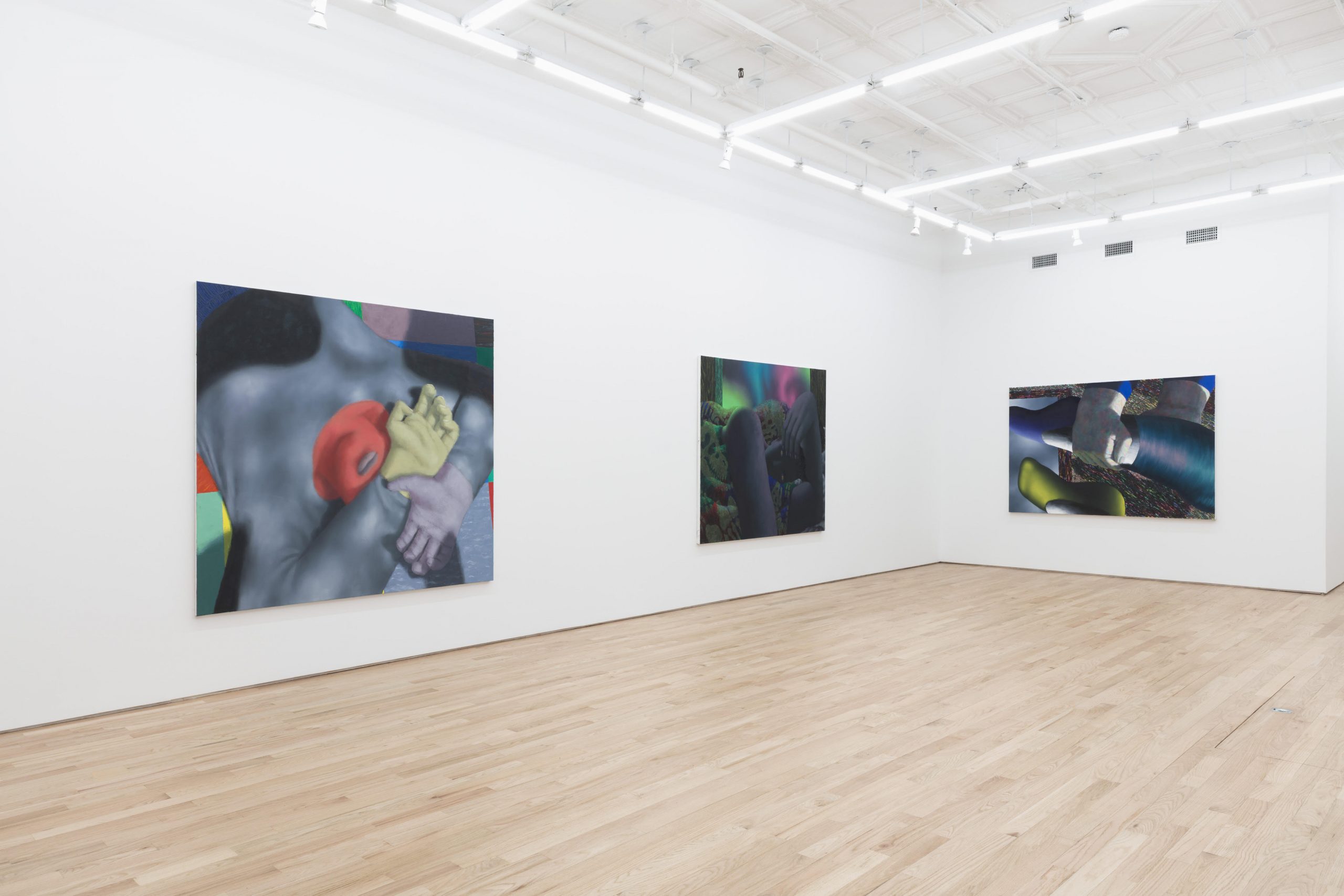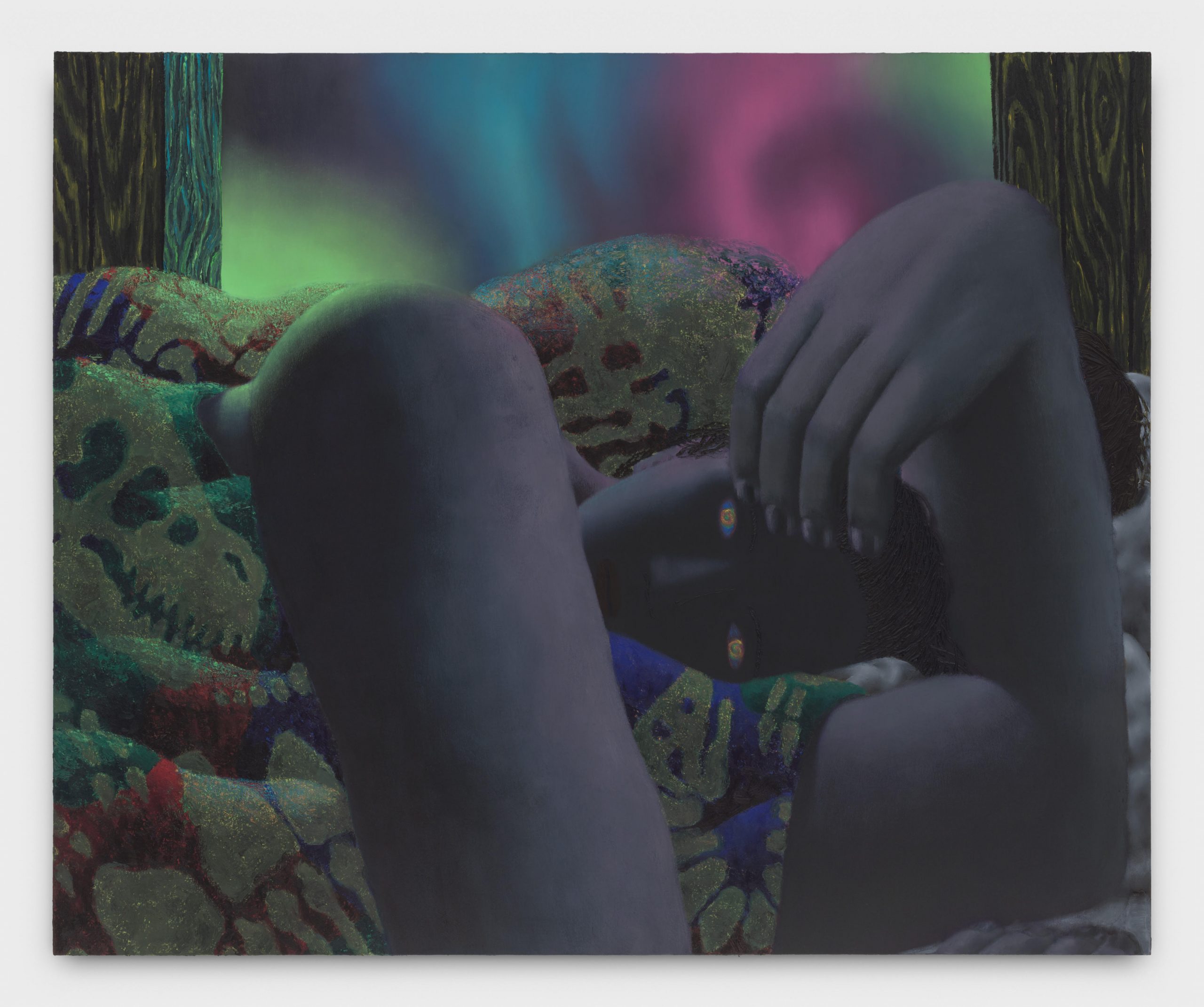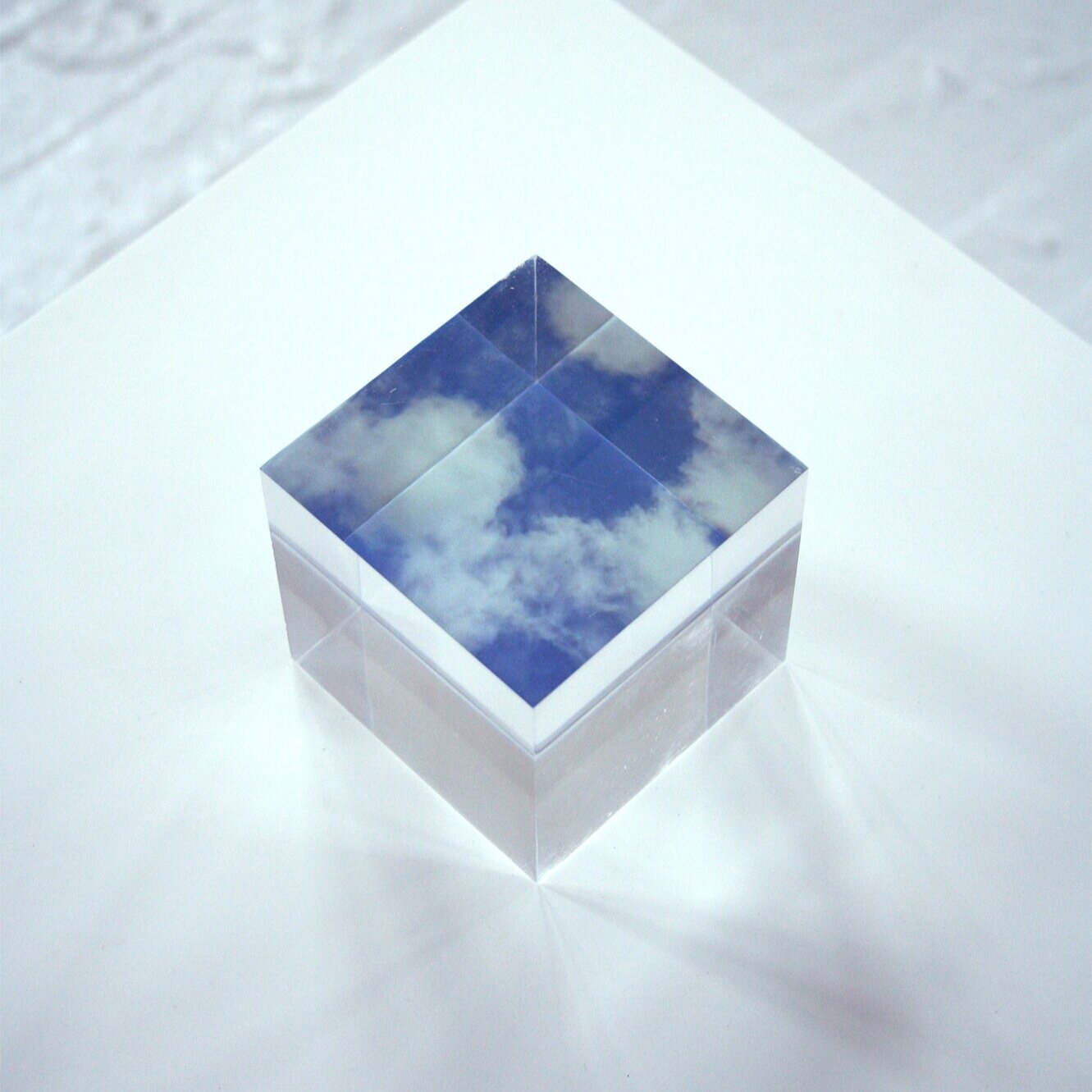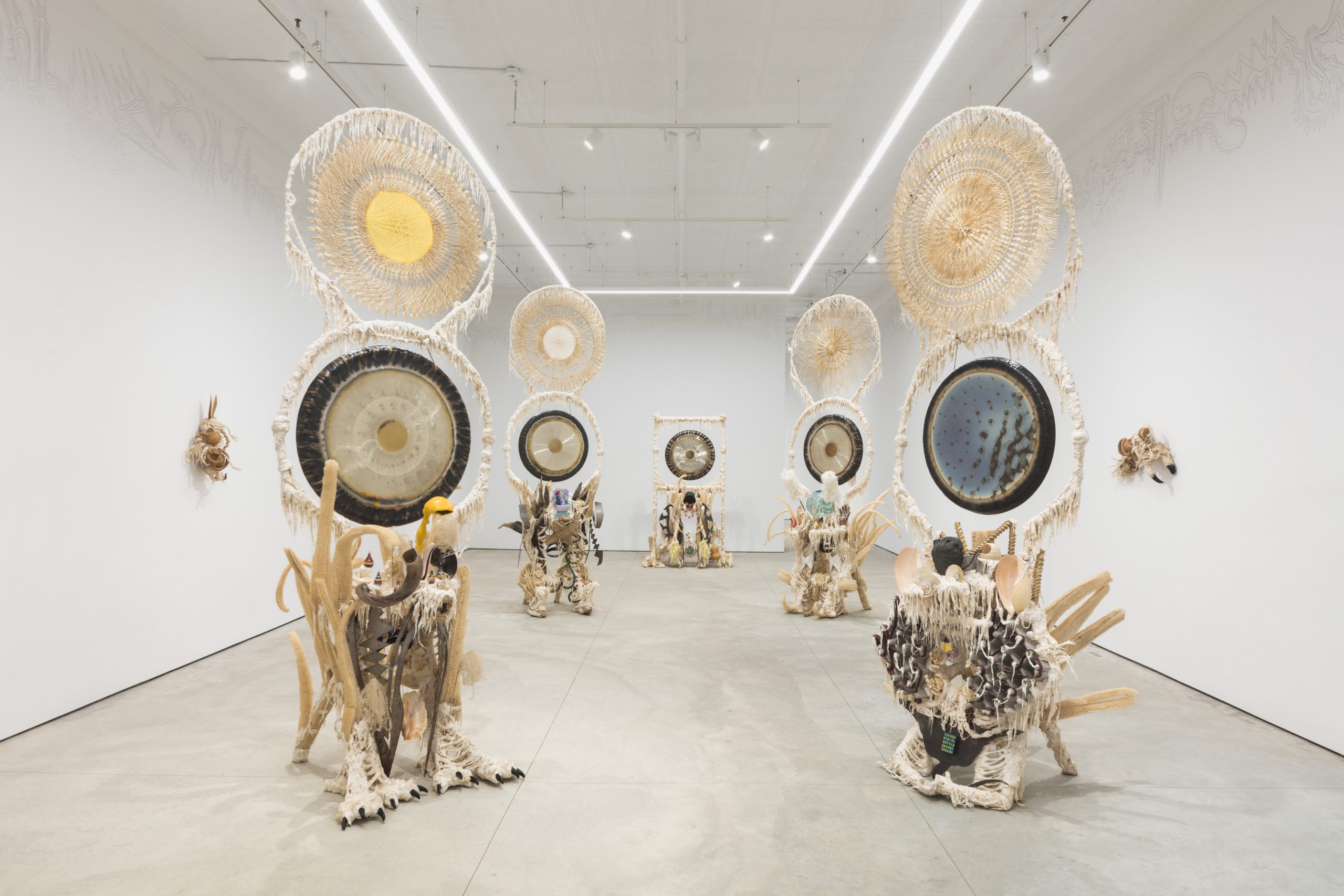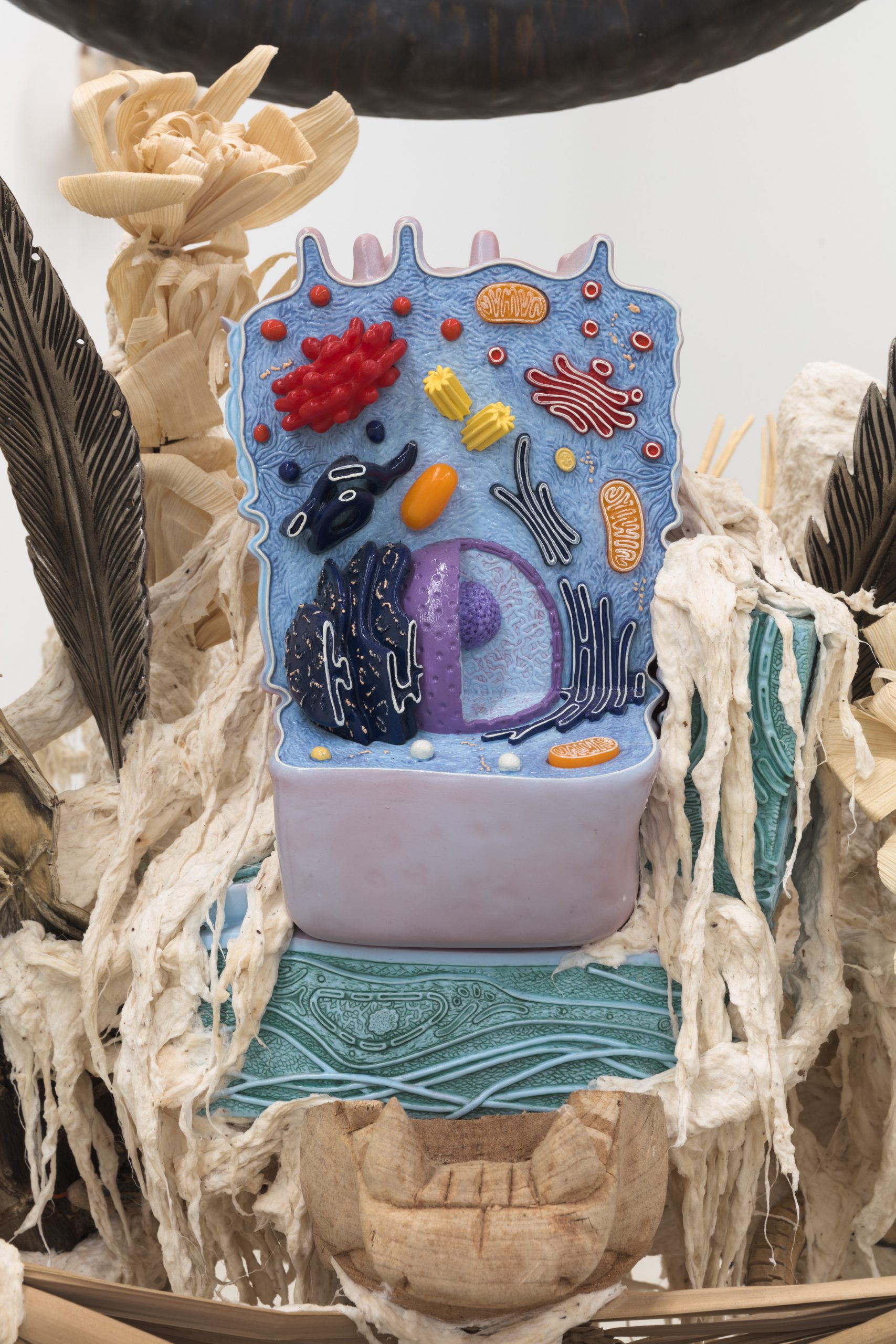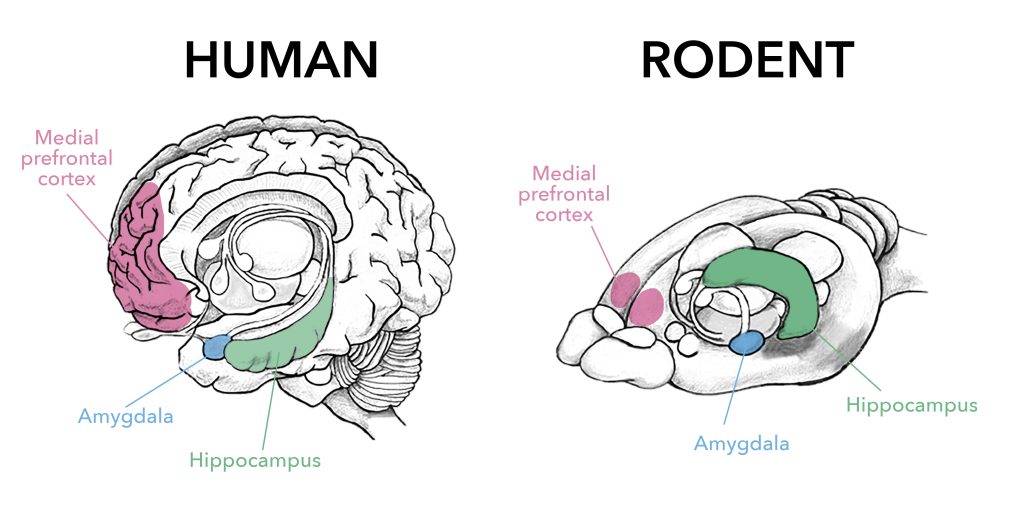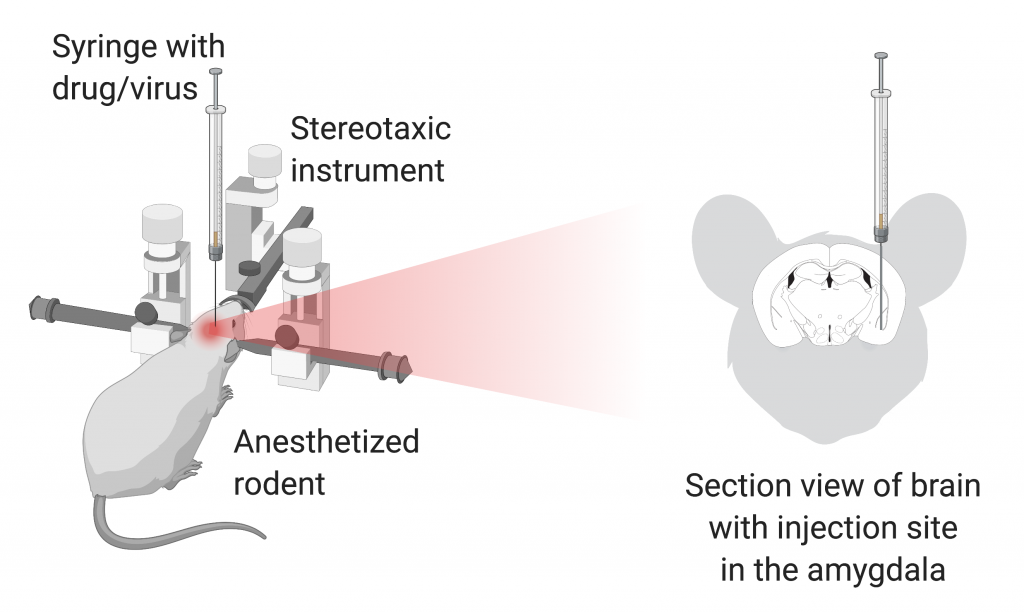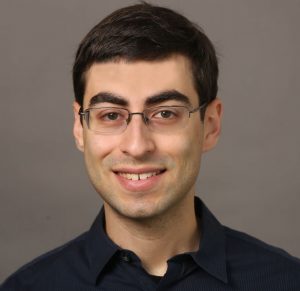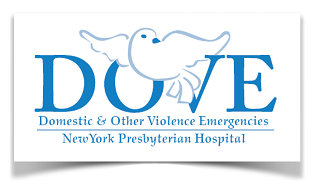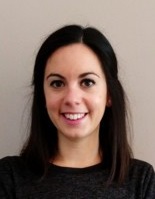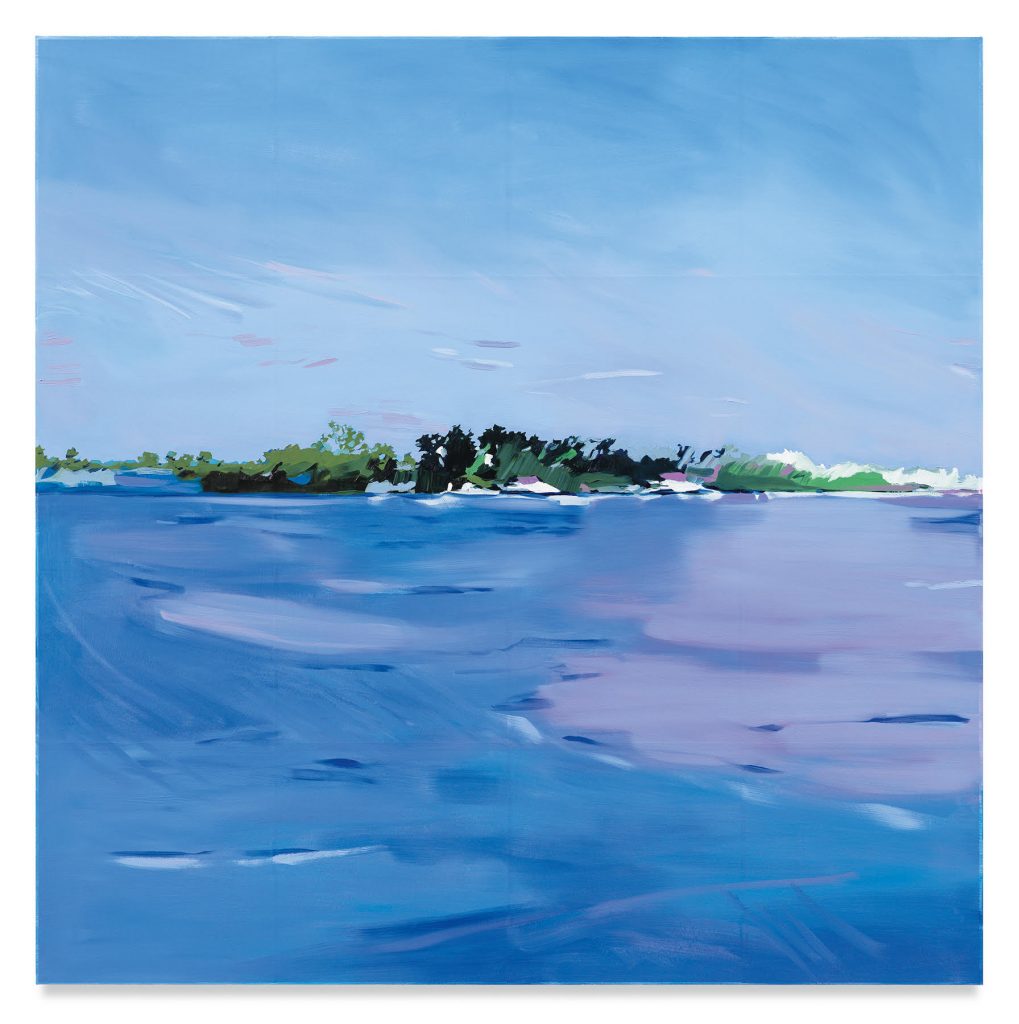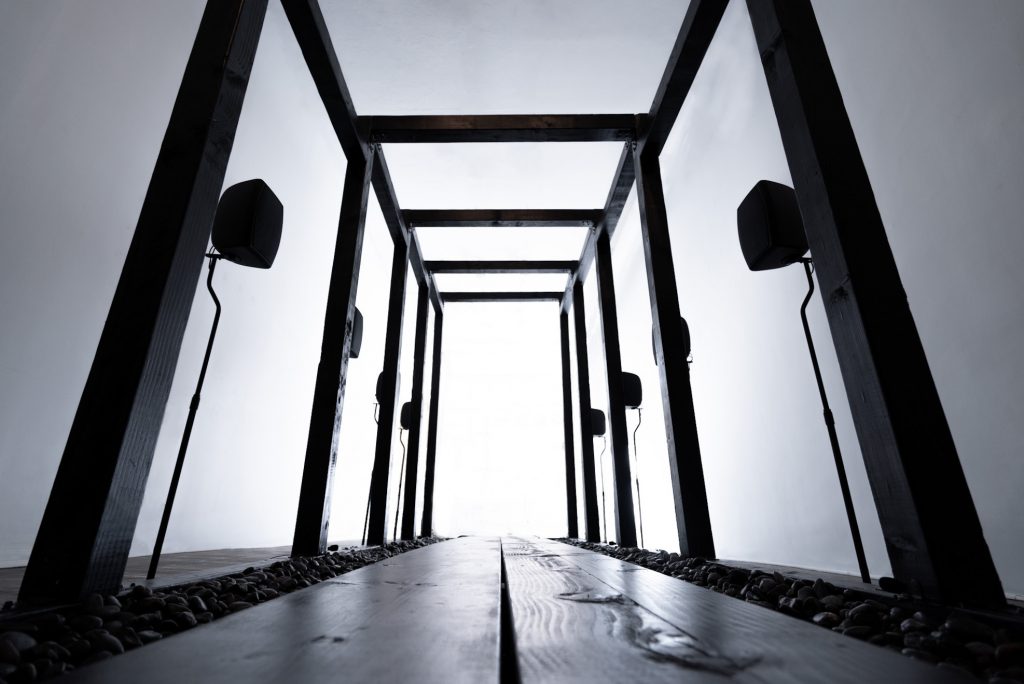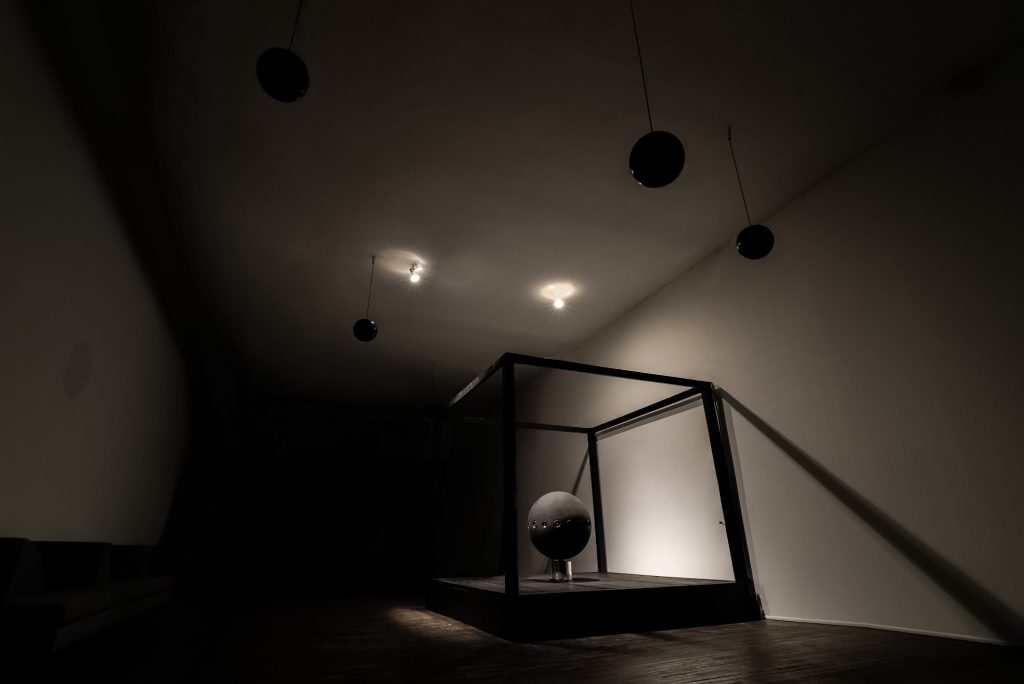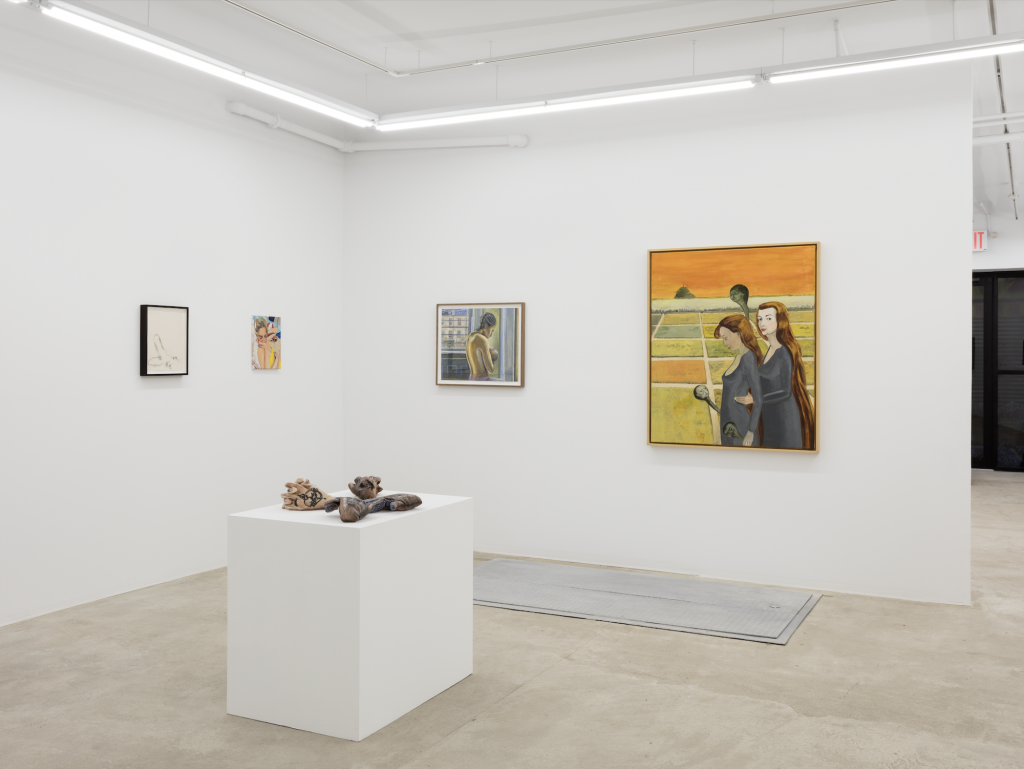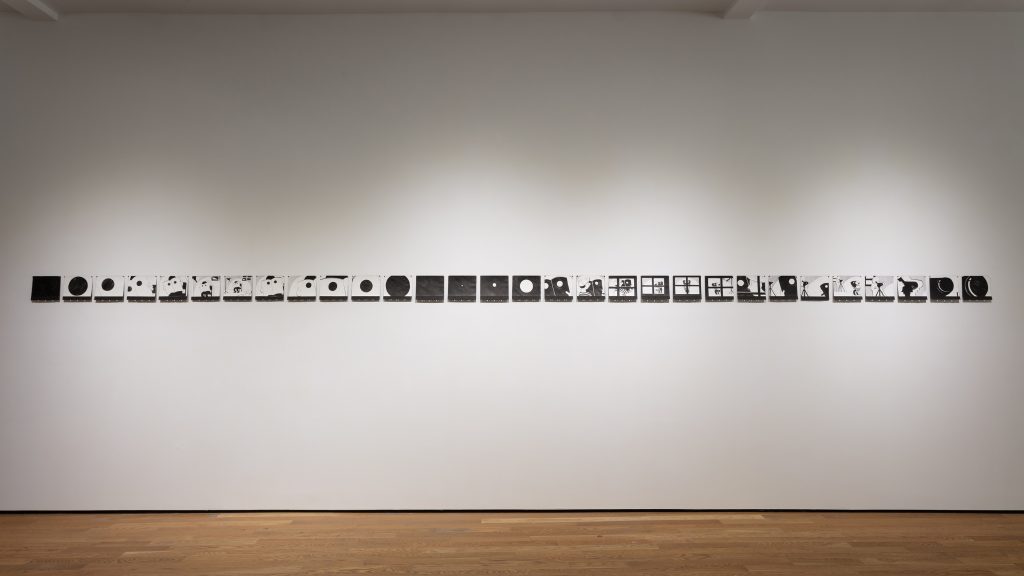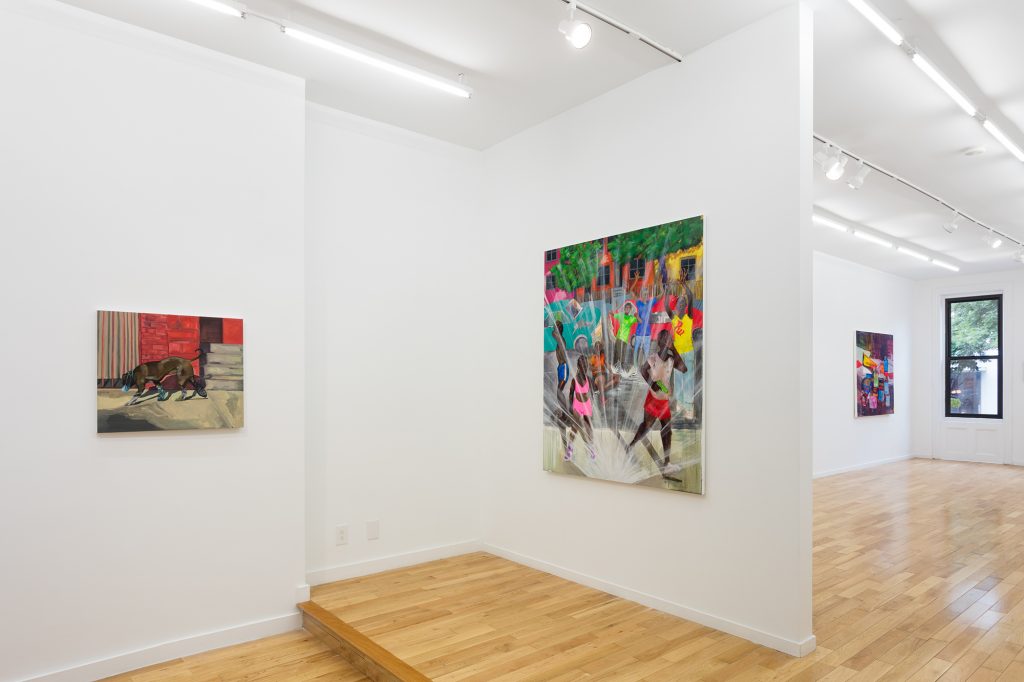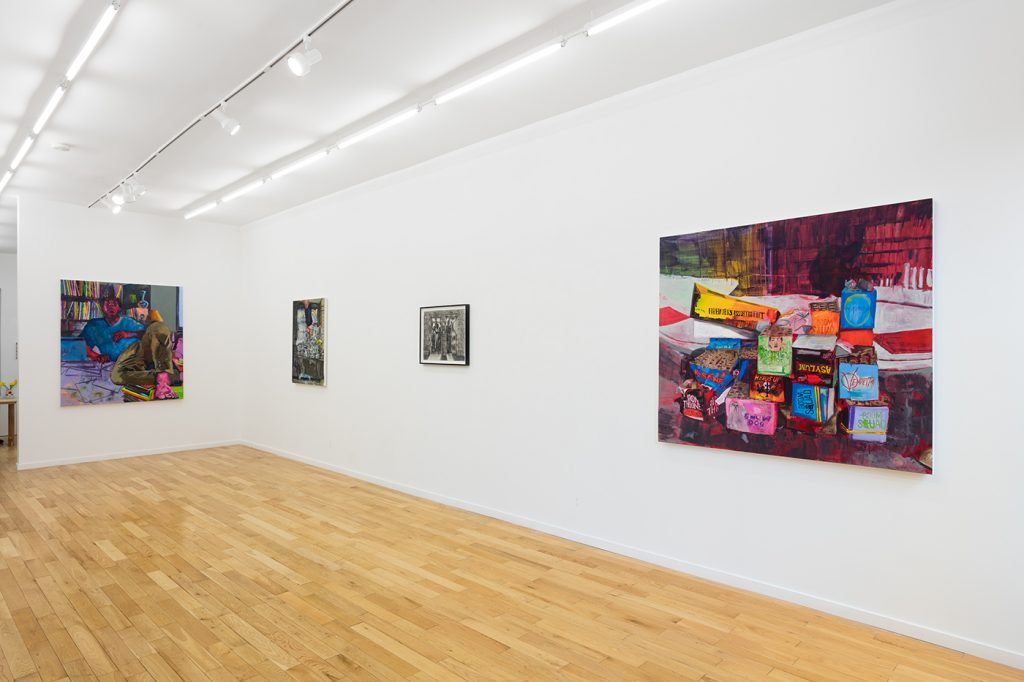Just imagine if apart from the looks one could also inherit their parents’ skills, memories, knowledge, and ideas. Sounds amazing right? However, passing down such characteristics would require transgenerational epigenetic inheritance. The literal meaning of epigenetics is “above” or “on top of genetics”, i.e., the external modifications of the cell without any change in its DNA sequence that could turn a gene on or off and the transmission of the epigenetic marks from parents to the child is called transgenerational epigenetic inheritance. One’s lifestyle factors, for example, diet, smoking, physical activity, alcohol consumption or even night shift work could be major contributors to the epigenetic modifications. Although the occurrence of epigenetic inheritance in humans is still a controversial debate, but it has been observed in plants, worms, mice and flies. The recent preprint by Dr. Sindhuja Devanapally and colleagues focuses on transgenerational epigenetic inheritance (TEI) and silencing in worms by reporting features that provide barrier against TEI.
Caenorhabditis elegans (C. elegans) is a transparent, small (1 mm) worm that lives in temperate soil environments with a rapid life cycle (3 days) and can be easily grown in a petri-dish while munching on bacteria as their food source. Most of these worms are hermaphrodite (with both male and female sex organs) while a few are males. These worms may look alike to the naked eyes but they differ from each other in developmental timing, lifespan and, also behavior which could be epigenetically inherited as opposed to being hard-wired in their genomes. For instance, some Pseudomonas bacteria strains are toxic food for the worms. Yet, mom-worm unlucky enough to eat the poisonous bacteria can “teach” their new born kids not to make the same mistake, thus epigenetically transferring the pathogen avoidance experience to the progeny.
RNA interference (RNAi) by double-stranded RNA (dsRNA) is a technique where RNA molecules inhibit gene expression or translation by neutralizing targeted mRNA molecules and has been shown to contribute to transgenerational epigenetic inheritance. The Jose lab has previously shown that dsRNA expressed within neurons of worms could enter the germline and cause transgenerational silencing. However, some worm descendants maintain the epigenetic gene silencing inherited from their ancestors for the long-term, while others lose silencing quickly. Therefore, the mechanism that can perpetuate silencing versus that can reverse it are both not clear.
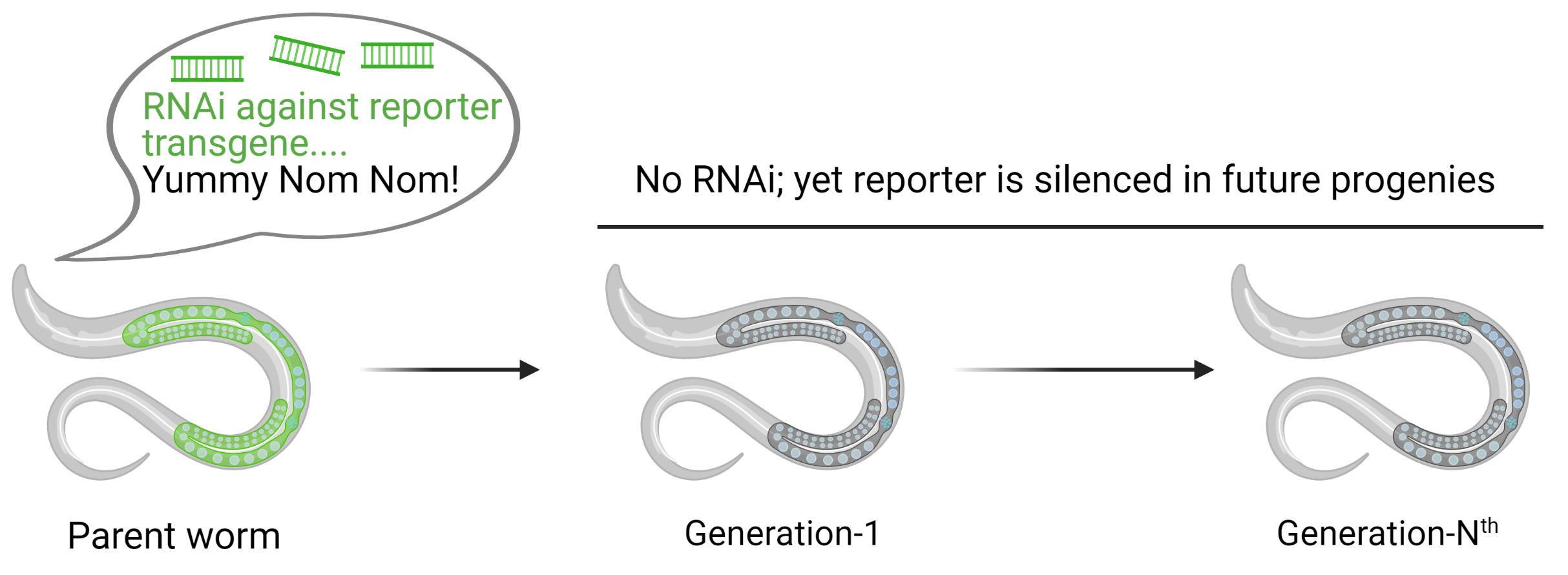
Figure 1: Transgenerational silencing of a gene is observed in descendants (no green GFP expression) for up to several generations when parents (green GFP expression) but not the kids were fed with RNAi (RNA interference, where RNA molecules inhibit gene expression or translation, by neutralizing targeted mRNA molecules). Illustration created with BioRender.comIn this preprint, the authors fed the parent worms with double-stranded RNA (dsRNA) targeting a green fluorescent protein (GFP)-encoding gene expressed in the worm germline and monitored the maintenance of gene silencing in their unfed descendants (Fig. 1). While this GFP expression was turned off in initial generations, it almost always came back in the later generations except in one peculiar case. The authors discovered that RNAi against GFP when expressed as part of a rare recombinant two gene operon, named T (containing GFP and mCherry fluorescent proteins), showed permanent RNA-based silencing. They reported that such silencing can also be triggered without using dsRNA and simply by mating dad-worms expressing T with mom-worms (hermaphrodites) lacking T expression. Because this kind of inducible permanent silencing was never reported previously, the authors introduced this phenomenon as mating-induced silencing. Mating induced silencing of T could be maintained for more than 300 generations without selection beyond second generation, thus making it the first ever study to report persistent silencing without external triggers. As the authors report, this contrasts dramatically with the genes expressed in the germline that can be silenced for a few generations by RNAi or trans effects of mating-induced silencing. Follow up experiments confirmed that maternal T can provide a protective signal that prevents paternal T silencing, suggesting that the germline has evolved to prevent permanent silencing potentially to prevent negative responses to temporary change in the environment.
According to the germline immortality concept, unlike somatic cells, the germline cells are well protected from the environment and can be passed on indefinitely across generations. However, Devanapally and colleagues in the current study reported that the expression of genes (not all but rare examples like T) within the germline can potentially be changed for hundreds of generations without any external triggers. This highlights how worms have adopted fascinating epigenetic mechanisms to accelerate evolution yet keeping the DNA sequence unchanged. Yet, the sheer infrequency at which permanent changes occur shows how impenetrable the germline is to permanent changes and the germline’s capacity to revert back to ancestral gene expression states. Thus, this study points to an organism’s ability to preserve persistence of gene expression, resulting in the preservation of the species.
Whether such rare examples of transgenerational epigenetic inheritance also occur in mammals, especially humans, is still up for debate. Epigenetic modifications have to occur in sperm or egg cells in order to pass to the next generation. Yet, most of these modifications in sperm and eggs get erased upon fertilization, resetting it to default and thus the next generation starts from scratch and makes its own epigenetic modifications. However, it is believed that some of these epigenetic modifications can escape this erasure and are passed on to the progeny. A study published in Nature Journal in 2013 reported that the mice-parents exposed to smell-fear conditioning (smell followed by electric shock) could pass their trauma to the next generation. Although rare, this opens up the possibility that indeed parents could pass on their experience, skills or even fear to the next generation. It will be fascinating to identify the mechanisms by which environmental information is transgenerationally inherited in humans.
Dr. Sindhuja Devanapally is a Postdoctoral Research Scientist in the Department of Biochemistry and Molecular Biophysics, and co-chair of the Networking and Community Building committee of CUPS.
